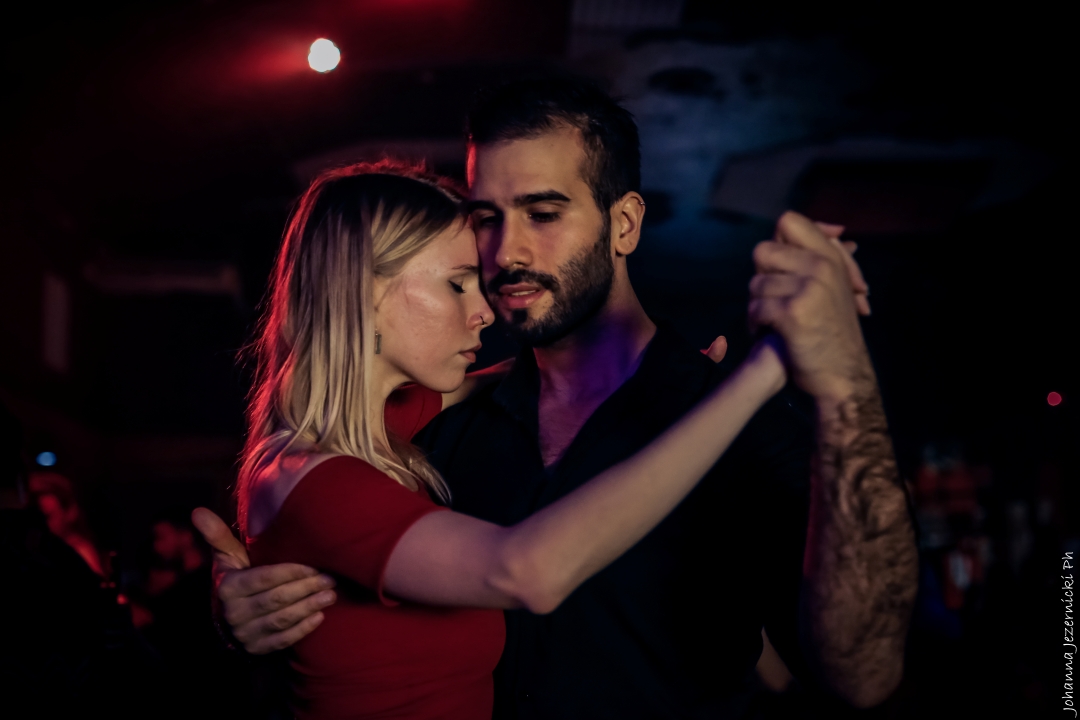The Argentine Tango Dance
Argentine Tango (not to be confused with the other types of Tango dances) is an improvisational dance with a deeply rich connection with your partner. The dance is like a puzzle that gets put together differently each time.
Women and men bring their own styles and embellishments to the dance which contribute significantly to the excitement and unpredictability of the experience. Even though dancers follow certain conventions, they never quite know how someone will construct a dance, add an embellishment or interpret the music.
The surprises possible within the dance is one of the aspects which makes the dance so addictive. It really does take two to Tango, because the dance isn’t just about the man leading and the woman following. Both partners have important things to contribute—like all good conversations or relationships.
An important factor that makes Tango such a rich dance is “El Abrazo” or The Embrace. It creates a deeper connection between two dancers than most other dances. It is the channel through which the leader and follower communicates intent, silently, with the other.
The embrace is a complex mix of physical, musical, and emotional elements. The real embrace comes from the heart – metaphorically and physically. The torsos are connected as one, the hearts beat as one (they are very close).

Another key factor worth noting is that you usually dance with the same partner for 3 or 4 songs, for a total of 9 to 12 minutes. Each set of 3-4 songs is called a “tanda” with a break or “cortina” in between tandas. Dancing together in El Abrazo for 12 minutes enables a couple to build a deeper connection to negotiate and construct a unique dance.
There are Three Main Rhythms for Tango Music that are danced at social events:
- Tango
- Vals
- Milonga (not to be confused with the social events also called “Milonga”)
This website explains the different rhythms well and how they are danced to differently.
There are also many styles of Argentinian Tango:
- Milonguero
- Salon
- Nuevo
- Fantasia
- Canyengue
- Orillero
This website explains many of the styles.
Musicality
Musicality is the ability to express music through movement and is an important aspect of Tango dancing. It involves a dancer’s ability to interpret the rhythms, melodies, and phrasing of the music and translate them into expressive movements on the dance floor.
In Tango, musicality is demonstrated through a dancer’s ability to stay in time with the music and make their movements flow with the rhythm and the melodic elements. It also involves the use of pauses, accents, and changes in dynamics to highlight different parts of the music.
A dancer with strong musicality is able to connect with their partner and the music in a way that creates a harmonious and expressive dance. It is an essential element of Tango and is something that can be developed and refined through practice and experience.
Suggest an update to this page!
The TangoVida Guide is community-written. Submit your feedback below to help improve it. We appreciate your help.
